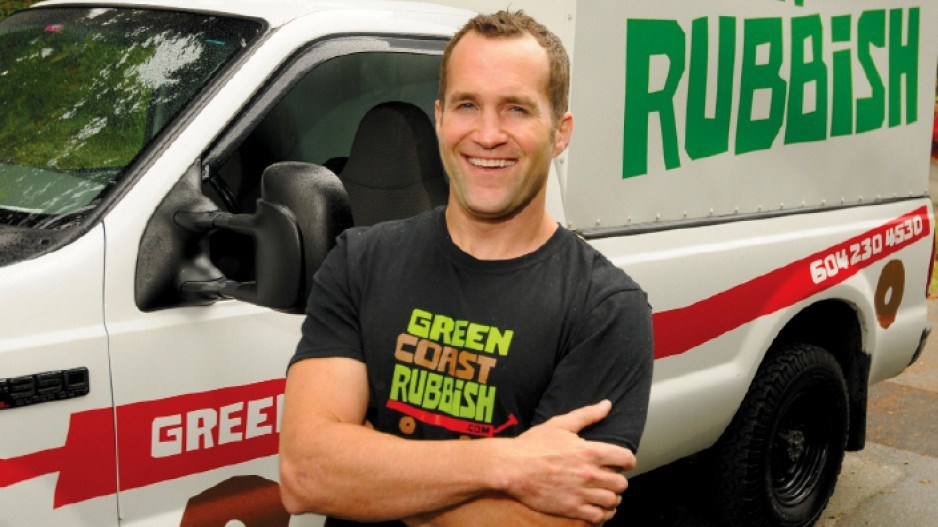For Eamonn Duignan, owner of Green Coast Rubbish, the way to keep good employees in the face of conflict can be summarized in one word: communication.
“We’ve had problems where an employee has stepped outside of company policy, but because policy wasn’t written down anywhere, it was very difficult to address in a meaningful way,” he said.
“It’s been organic, trial and error, and when you make mistakes, you just try not to repeat them.” It hasn’t proven to be the best method for running a smooth operation.
So he’s come up with a simple solution. “We’ve recently made employee and operation manuals. This gets [employees] up to speed and saves a lot of my time.”
Duignan’s staff have also helped identify new employees. Many of them share a social life through mountain biking as recreation. It’s proven to be a good talent pool, with the added benefit of making his company an attractive place to work.
“It definitely makes for a more cohesive team. Everyone has similar values, they’re in the same age bracket and have similar interests, and that certainly does help.”
According to Fully Managed’s chief strategy officer, David Reeve, the character of his employees, rather than just their skill level, creates a culture of success.
Reeve spends his time building that culture, and he believes the company’s guiding principles are his most reliable compass.
“We have four core values by which we run our business and also by which we make our hiring decisions,” he said of the company, which provides IT support and management services.
He calls them lighthouse principles.
Reeve says a common mistake made by many businesses hiring new employees is to consider the candidate’s skill set either exclusively or above all other considerations.
“A business culture is really built in one of two ways; either by default or by design. We’ve chosen the route of design.” For him, the most important element of that design involves assessing a potential employee’s purpose and core values.
To attract and retain great people, instead of regularly paying a recruiting agency to hunt down fresh talent, Fully Managed pays their own people to do it.
“Internally, we have a $10,000 finder’s fee,” said Reeve. “So if [one of our staff] brings in somebody that we ultimately hire, we will pay them for that.”
Relying on their employees to help find new people allows them to capitalize on the talent they already have. “We have great top guns, and we want their friends to join us,” Reeve said.
They also host open houses and bring companies through their offices on tours, which “exposes them to the brand, gives them a chance to get immersed in our culture,” he said. Before they leave he asks them to consider anyone they might know who would be a good fit for the company.
Every employee also has a scorecard to capture metrics such as the number of times per week each one brings a potential client in for a presentation.
Reeve knows the company’s success rate at securing clients following such meetings, so he can use the number as a predictor of future business. Armed with the data, he implements steps to meet the anticipated demand.
At MyGreenHosting, founder Aaron Handford has outsourced, hired on salary and offered contracts on projects to fill his need for programmers.
“It is a challenge, finding someone at the right time and who is of the right quality,” he said.
More recently, he’s depended on Craigslist, but said, “it’s impossible to have a level of trust with someone you’ve just met through Craigslist. There’s no way around that, so I’ve had to go on intuition with people.”
Using ad hoc methods can be inefficient, particularly when he’s looking for a specific skill set on short notice. And actively searching for talent can be equally difficult.
“The key is finding out where they’re located, where they’re spending their time,” he said. “It has been working, we’re really happy with the people we have right now, but it has been difficult.”
Building long-term stability is his goal. To that end, he’s looking at increasing his company’s profile in the hope that it will draw programmers to him.
“I do some networking, but I think we would benefit to do that more, to get our name out there more.”




